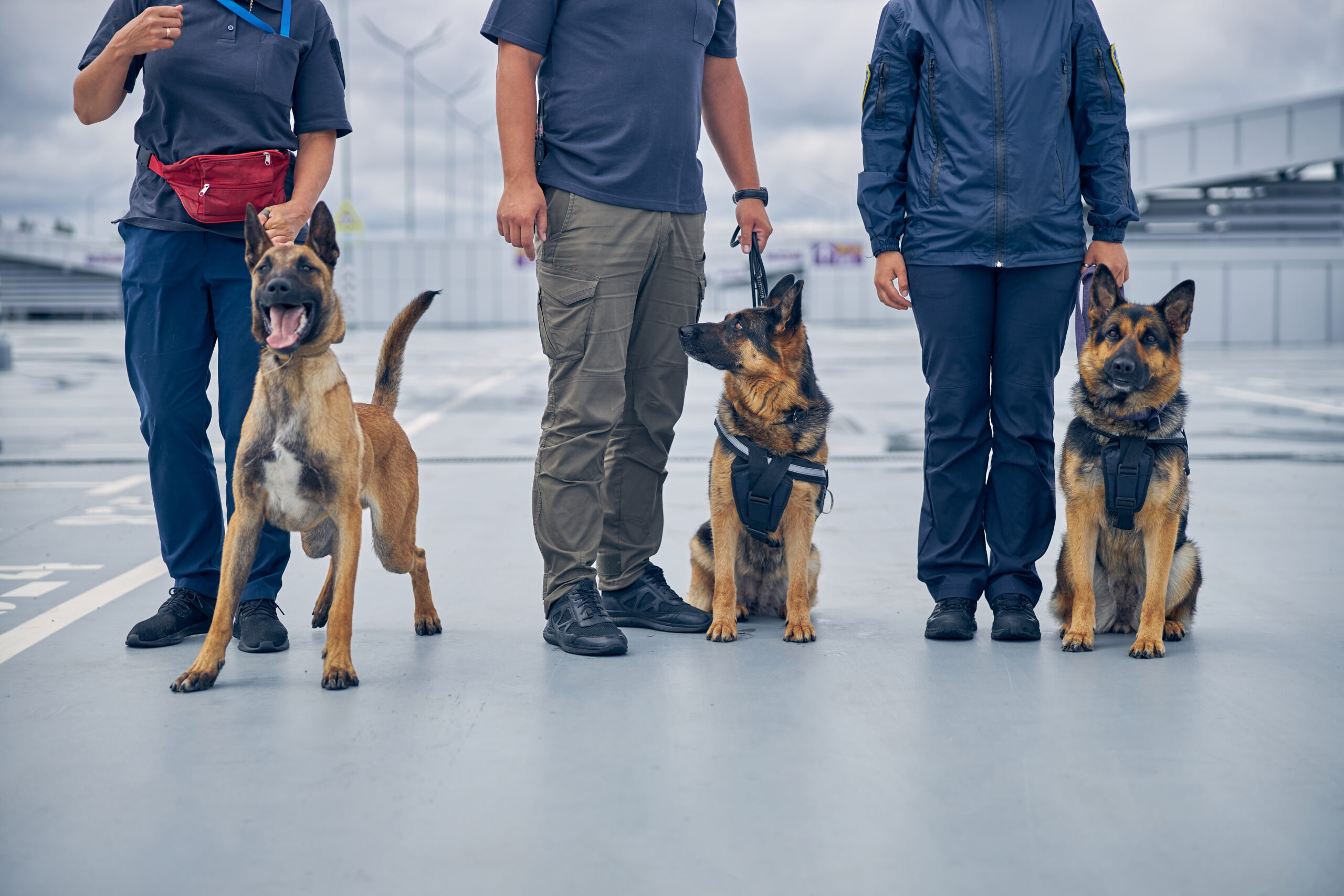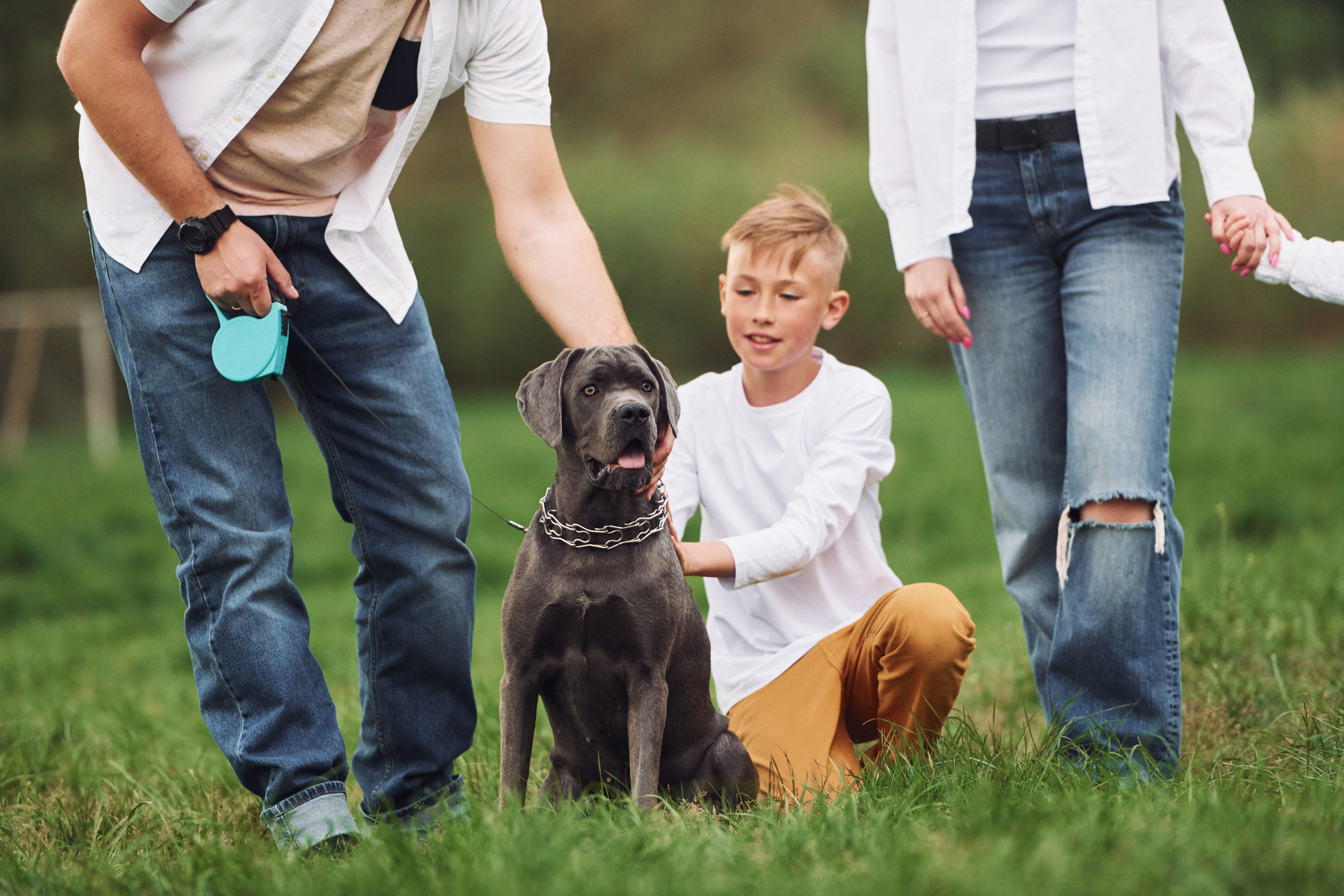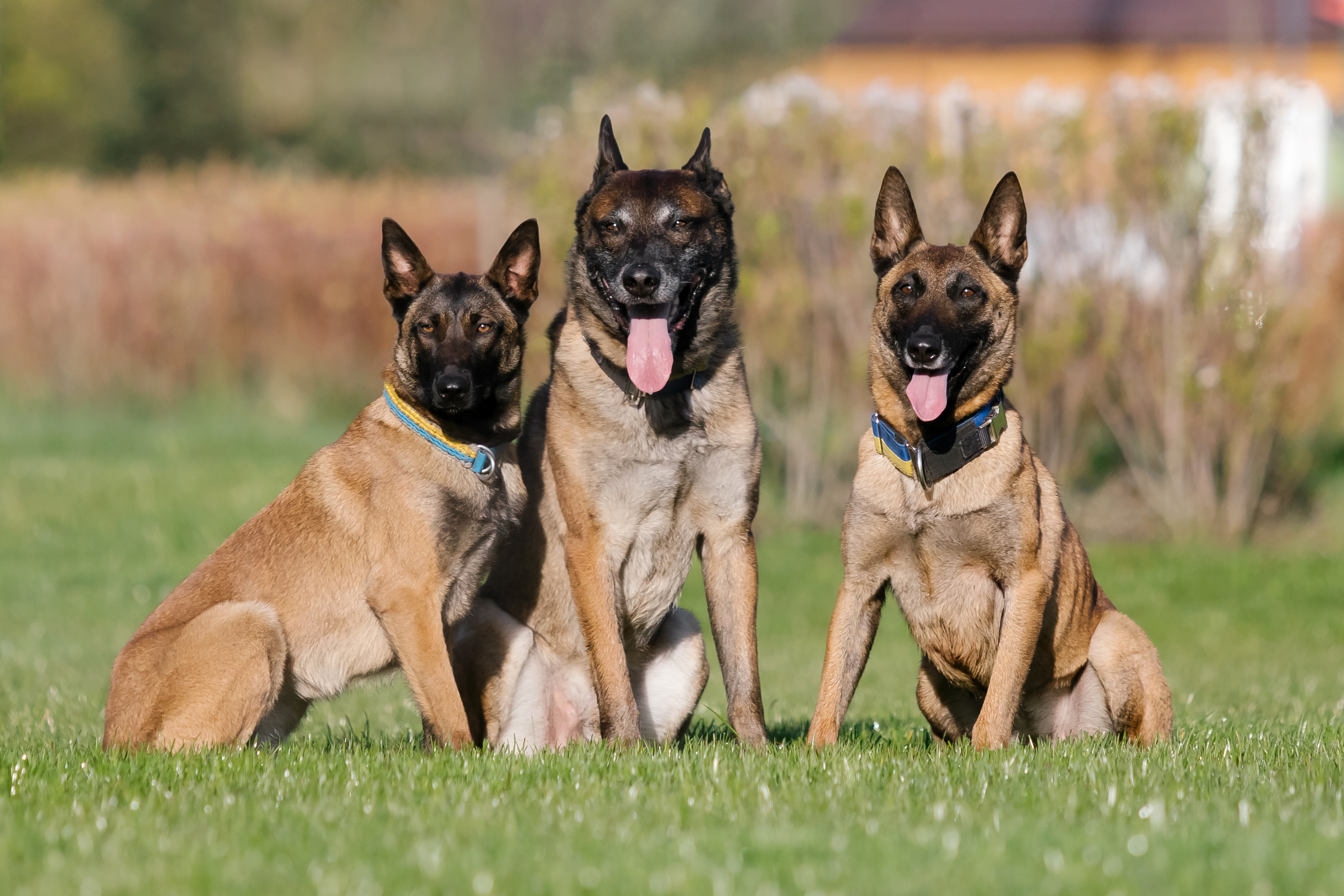






It’s a chaotic world, and emergencies don’t come with a warning. The unexpected crashes into our lives—an intruder breaking in, flames climbing through your home, or a medical crisis striking without mercy.
Most of us? We’d panic. Freeze. Fumble for a plan while adrenaline hijacks our better judgment. But protection dogs? They step forward. Calm. Focused. In control.
They don’t act on luck. They act on thorough preparation. The kind of preparation that transforms raw instinct into sharp expertise. These dogs are molded through hours, months, and years of calculated training to become unshakable in moments when everything else is chaos.
Now, this isn’t another thought piece on why you should consider a protection dog. Nor is it an ode to the miraculous abilities of animals who can, quite literally, save lives.
No, this is an invitation to go deeper. To understand the journey behind the calm. What does it take to turn a dog into the steady force you can count on when the world spirals out of control?
Let’s step inside the training.
Training begins where instinct meets intention—shaping the dog’s mindset. From the very beginning, trainers walk a delicate line—nurturing obedience and independence.
See, it’s not enough to have a dog that listens; you’ll need one that thinks on its feet when the situation calls for it.
And the foundational stages are all about creating this balance:
 Exposure to a variety of people, places, sounds, and surfaces. A dog accustomed to a bustling subway, the clatter of construction, or the wail of sirens is less likely to freeze when the world gets noisy.
Exposure to a variety of people, places, sounds, and surfaces. A dog accustomed to a bustling subway, the clatter of construction, or the wail of sirens is less likely to freeze when the world gets noisy.
At a glance, commands like sit and stay seem elementary. But this stage cultivates communication, focus, and attention. A dog that reliably responds to commands is demonstrating a high level of concentration on its handler.
Here, the stakes rise. The foundational obedience commands are now executed with split-second precision—even in the midst of distraction. Off-leash control, distance work, and rapid responsiveness become second nature.
This phase pushes the dog’s mental and physical limits, sharpening their resilience and adaptability. And then comes the moment of truth—the transition to specialized training.
Here trainers work on refining instincts, sharpening responses, improving precision, and building strong confidence under pressure.
Where to start?
It all starts with the one thing we, as humans, often lack in moments of crisis: focus. Trainers begin by teaching the dog to drown out distractions—loud noises, sudden movements, or unfamiliar faces.
At this point, trainers intentionally introduce chaos, not to unsettle the dog but to teach them:
The process is slow and thorough. Loud noises, sudden movements, and erratic behaviors are simulated over and over until the dog learns to separate what’s crucial from what’s distracting.
Now protection dogs are exposed to countless real-life scenarios in controlled settings, each designed to prepare them for high-stakes situations.
Let’s zoom in on specific situations.
The natural instinct of most dogs is to bark or retreat when an intruder enters your home. A trained protection dog? Different story.
Trainers teach them to pick up on subtle cues—a stranger’s threatening posture, aggressive tone, or suspicious movements.
They don’t act indiscriminately; they evaluate. Then—a loud, commanding bark to deter the intruder and alert the household. The dog positions itself between the handler and the perceived threat—ready to respond.
Now protection dogs don’t attack blindly, especially if you’re around. They wait for the command. And that’s the part that catches people off guard. These dogs are not fueled by fear or rage. Every move is calculated and designed to neutralize the threat without unnecessary harm.
If told to stand down, they’ll do so without hesitation.
Let’s flip to another scenario: a fire breaks out. Smoke, heat, shouting—it’s enough to disorient even the calmest human. But for a trained protection dog? It’s just another challenge they’ve been prepared to face.
And it’s not just fires. From earthquakes to floods, these dogs are equipped to manage life-threatening disasters with precision and purpose.
Here’s how their training comes to life:
🐾Activate emergency systems. Nowadays, protection dogs use technology too. They’re trained to activate emergency systems, such as triggering alarms or alert devices, ensuring help is on the way.
🐾Evacuation assistance. They guide their handler to safety, staying low to avoid smoke inhalation, identifying exits, and maneuvering obstacles like debris or unstable terrain.
🐾Search and rescue. In multi-family households, they go further. They’re trained to locate and lead separated family members to safety, ensuring no one is left behind.
Not all emergencies are confrontational. Sometimes, the danger is internal—a seizure, a fall, or a sudden medical crisis.
Through scent detection and behavioral analysis, a protection dog can identify early signs of medical distress—such as irregular heartbeats, changes in body scent, or the onset of a seizure.
Intervention tactics?
Depending on the crisis, they’re trained to:
The techniques used to train these dogs are as complicated as the scenarios they prepare for. Role-playing forms the backbone of the process. Trainers and decoys create hyper-realistic situations that challenge the dog’s perception, decision-making, and response capabilities.
One day, the decoy is playing a harmless stranger. Next, they’re simulating a break-in. The dog never knows what to expect, forcing them to assess each situation as it unfolds.
Then there’s the bite work. Contrary to popular belief, these dogs are not trained to attack with their jaws but to control and neutralize.
A well-trained protection dog learns to apply a strategic, firm hold that can immobilize an intruder without causing unnecessary injury.

Trainers thoroughly evaluate each candidate, ensuring they possess the right qualities for the job.
Certain breeds, known for their loyalty, resilience, temperament, trainability, and adaptability, are often chosen for this demanding role.
But even within those breeds, not every dog makes the cut.
The process is as much about individual personality as it is about genetics, requiring a meticulous selection process that assesses each dog’s psychological profile, physical capabilities, and potential for advanced training
While training forms the foundation, specialized gear increases a protection dog’s capabilities:
Most people settle for a “guard dog” that’s about as useful as a lawn ornament. A bark here. Maybe a growl there. Congratulations—you’ve just purchased expensive background noise.
Our dogs? They’re the difference between hoping you’re safe and knowing you’re protected in every situation life might throw your way.
We’re talking about:
One dog. Countless lives protected. Zero compromises. One Phone Call. Total Transformation.